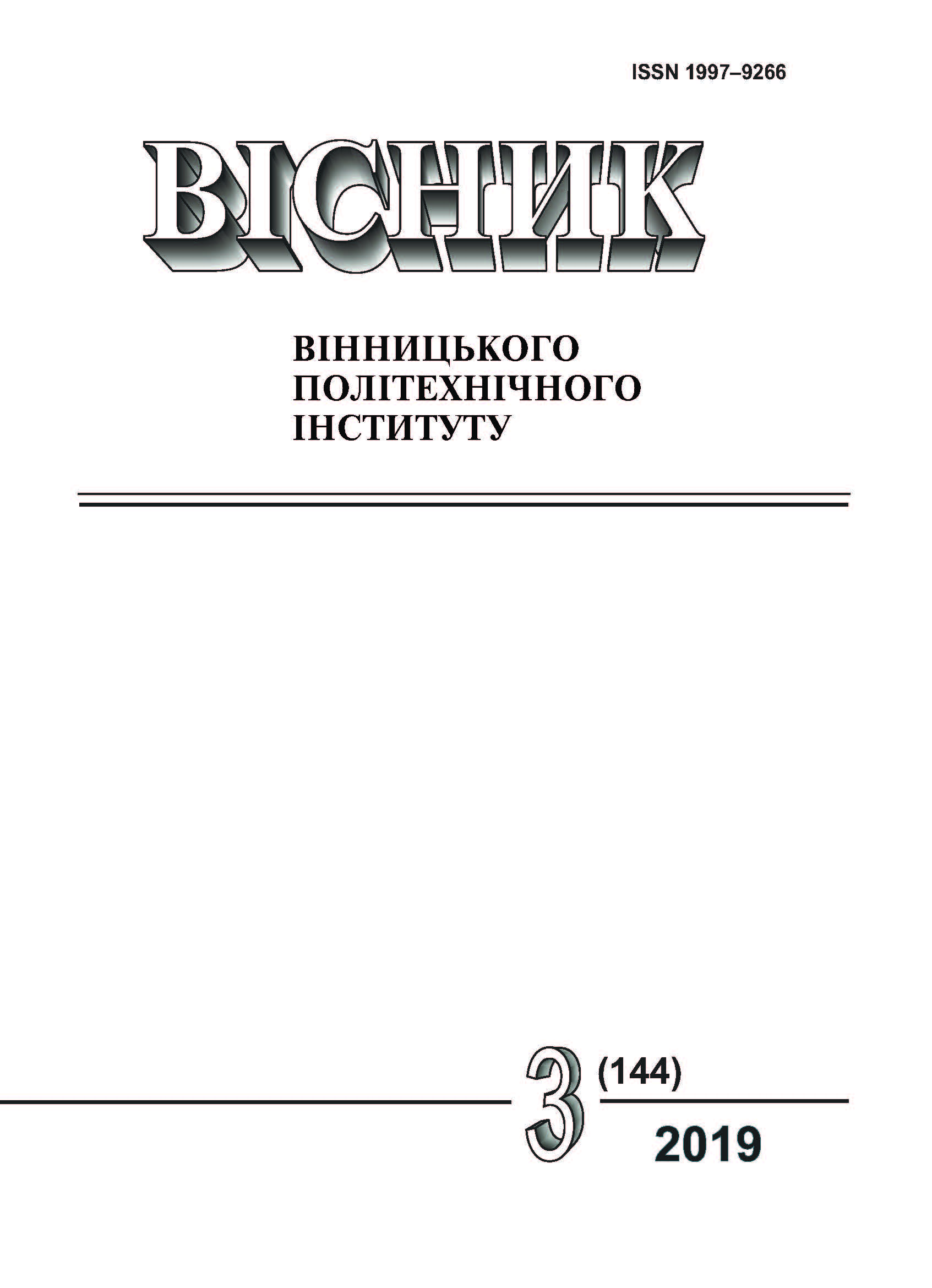Development of the Software Module for Automation of Data Processing for Delivery of Medical Products
DOI:
https://doi.org/10.31649/1997-9266-2019-144-3-59-66Keywords:
desktop application, software module, data processing, information analytical system, medical products, service management workflowsAbstract
Today, the issue of automating the management and monitoring of work processes, not only at service stations, but also at enterprises as a whole, is becoming increasingly important. Specialized information systems or software modules allow to save time on working with templates, analyze processes, track set goals and automatically generate recommendations. The work is devoted to solving these issues in the field of automation of data processing for the supply of medical goods using a specialized software module. An analysis of analogues was conducted, which determined that the main disadvantages of existing solutions that require elimination are the expansion of the functionality of medical supplies and the ease of finding information about a product, supplier, composition, which is the purpose of this study. To achieve this goal, a set of system models was developed in UML notation, a database structure for the optimal presentation of all subject area information and algorithms for processing this data. The proposed models and algorithms were implemented in a software module to automate data processing in the supply of medical goods. The client part has a convenient and intuitive interface for quick user interaction with the system and its database in real time. The system is designed as a desktop application (desktop application) written in C # using object-oriented programming. Module data is stored in MS SQL database. The software module contains forms for managing the relevant operations using the database, namely: the authorization form, the main window form displaying the list of consumables ordered, information about the compositions, suppliers, products that contain controllers for working with various operations in the Database, and directly form for delivery. When testing a software product, a number of advantages were identified that would allow to enter the market and be competitive: a simple and intuitive interface was created; automated direct connection of suppliers and customers; implemented several types of users in the system.
References
Топ-5 программ для аптек. [Электронный ресурс]. Режим доступа: http://all-biz.net/ самые-лучшие-программы-для-аптек-сравнительный-анализ.html .
K. Sommer, N. O. Friedrich, S. Bietz, M. Hilbig, T. Inhester, and M. Matthias Rarey, “UNICON: A Powerful and Easy-to-Use Compound Library Converter,” Journal of Chemical Information and Modelling, no. 56, pp. 1105-1111, 2016.
M. Sud, “Maya Chem Tools: An Open Source Package for Computational Drug Discovery,” Journal of Chemical Information and Modelling, no. 56 (12), pp. 2292-2297, 2016. https://doi.org/: 10.1021/acs.jcim.6b00505.
Бази даних та інформаційні системи. [Електронний ресурс]. Режим доступу: http://oracle.com.edgesuite.net/timeline/java/ .
О. Л. Мельник та І. В. Варчук «Програмний модуль автоматизації обробки даних для поставок медичних товарів» на XLVIII Науково-технічна конференція підрозділів Вінницького національного технічного університету (2019), Вінниця, 2019. [Електронний ресурс]. Режим доступу: https://conferences.vntu.edu.ua/index.php/allvntu/index/pages/view/zbirn2019 .
Downloads
-
PDF (Українська)
Downloads: 396
Published
How to Cite
Issue
Section
License
Authors who publish with this journal agree to the following terms:
- Authors retain copyright and grant the journal right of first publication.
- Authors are able to enter into separate, additional contractual arrangements for the non-exclusive distribution of the journal's published version of the work (e.g., post it to an institutional repository or publish it in a book), with an acknowledgment of its initial publication in this journal.
- Authors are permitted and encouraged to post their work online (e.g., in institutional repositories or on their website) prior to and during the submission process, as it can lead to productive exchanges, as well as earlier and greater citation of published work (See The Effect of Open Access).





